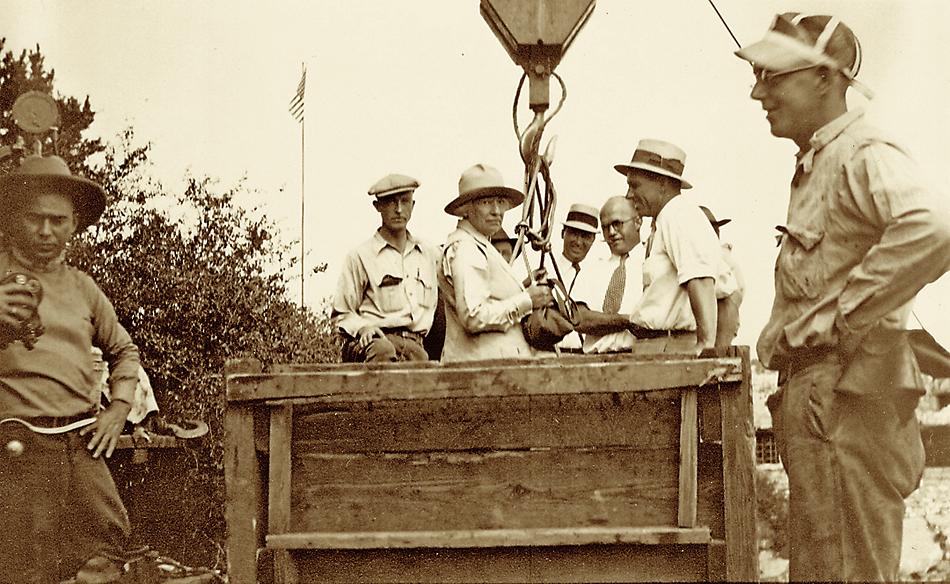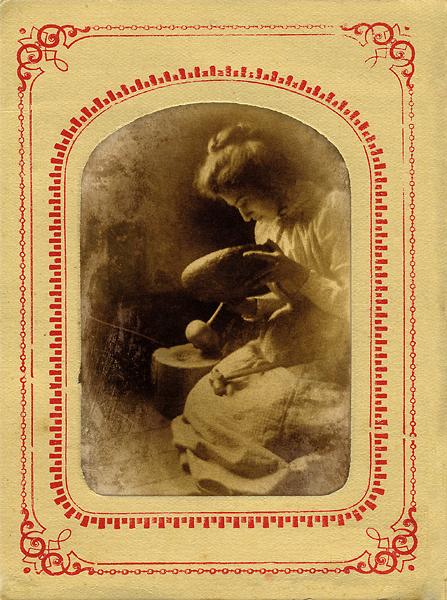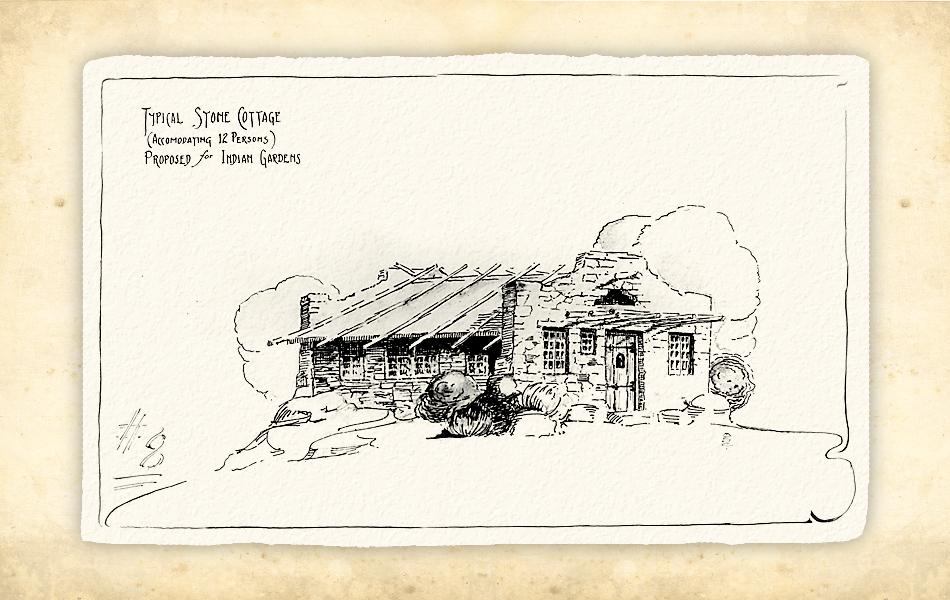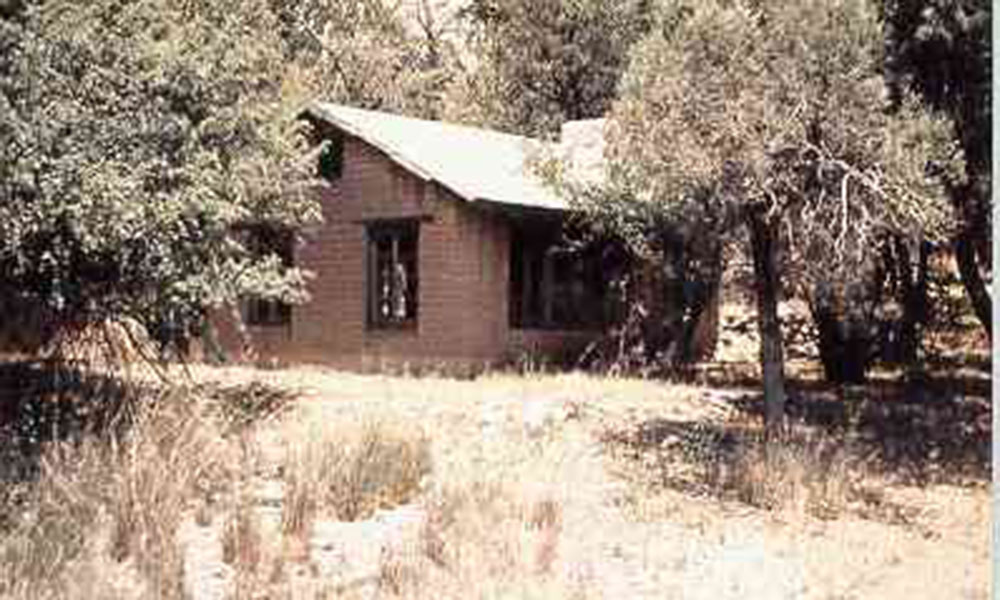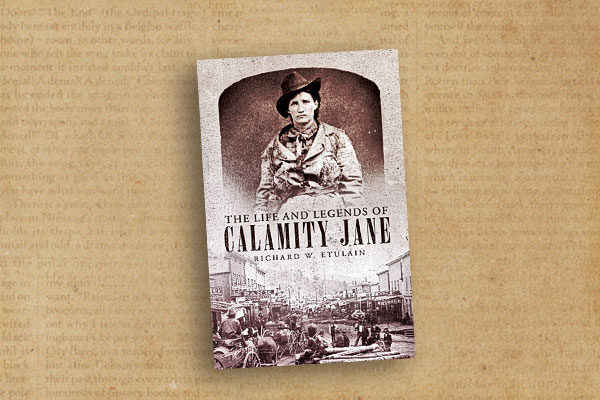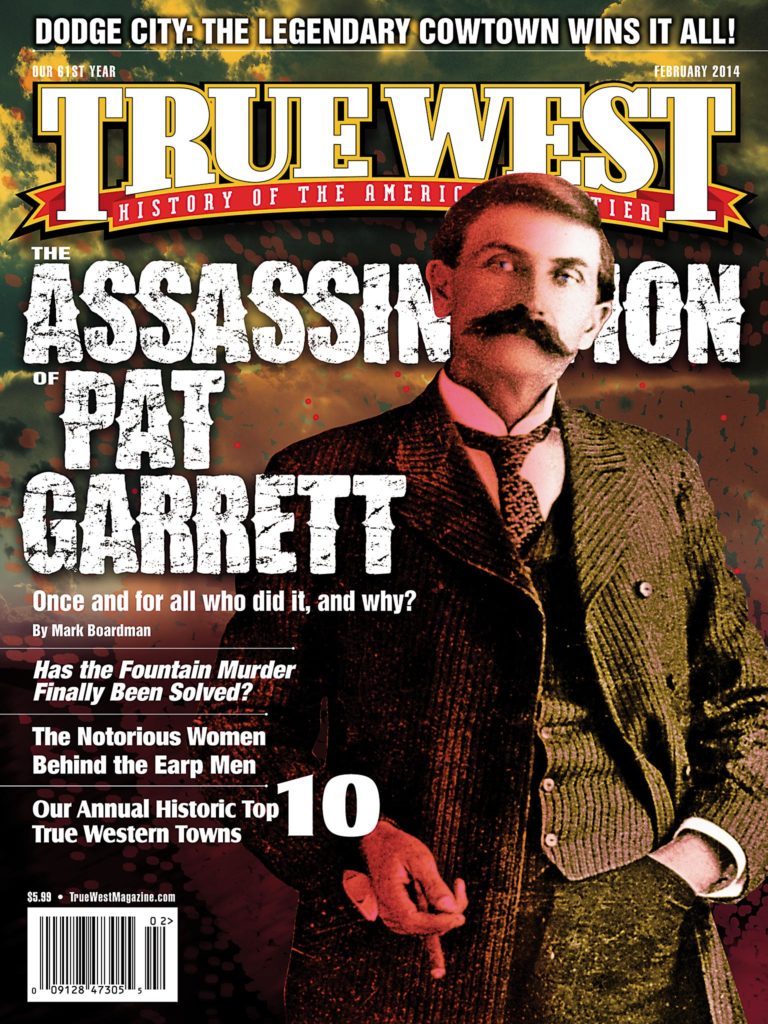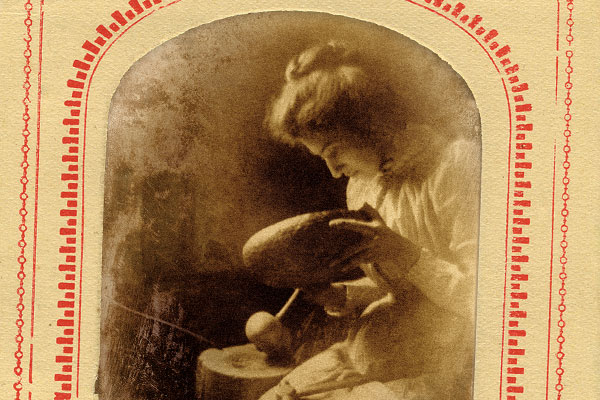 Where the infinite Southwestern horizon divides the world’s deepest chasm from an ever-changing celestial palette, man’s recent arrival is marked by structures of stone and timber. Experiencing America’s Grand Canyon and the rustic buildings clinging precariously to its vertical heights is a glimpse into the quiet genius and determination of one of America’s most original architects, Mary Colter.
Where the infinite Southwestern horizon divides the world’s deepest chasm from an ever-changing celestial palette, man’s recent arrival is marked by structures of stone and timber. Experiencing America’s Grand Canyon and the rustic buildings clinging precariously to its vertical heights is a glimpse into the quiet genius and determination of one of America’s most original architects, Mary Colter.
Mary Jane Elizabeth Colter was born on April 4, 1869, in Pittsburgh, Pennsylvania. The Civil War was over. The Reconstruction Era had commenced. Progress and people were on the move.
After much travel, the family settled in St. Paul, Minnesota. Colter’s father died in 1886, and Mary pursued a career to help support her mother and older sister. She attended the California School of Design in San Francisco. Apprenticing with a local architect, she had her first exposure to regional architectural styles. After graduation, she returned to St. Paul as an art teacher in the 1890’s. Fate intervened in 1902, when Colter was hired as an “interior designer” for the Fred Harvey Company.
Her first assignment was the interior of the “Indian Building,” a gift shop next to Fred Harvey’s Alvarado Hotel in Albuquerque. Her design impressed Mr. Harvey, and in 1904 Colter was tasked with designing a gift shop across from the El Tovar Hotel, at the South Rim of the Grand Canyon in Arizona. Her design for “Hopi House” was her first construction and yielded a remarkable evocation of the ancient architecture of the Hopi people at Oraibi. Its stone-constructed perch on the chasm’s edge appears as if it was built centuries earlier.
Colter logged 46 years with the Harvey Company, headquartered in Kansas City, Missouri, and was responsible for 21 projects, ranging from La Fonda Hotel in Santa Fe to the Union Stations in Los Angeles, St. Louis and Kansas City. They all followed the tracks of the Atchison, Topeka and Santa Fe Railway across America. Her style of architecture became known as “National Park Service Rustic” for its use of native stone and rough-hewn wood.
Colter died on January 8, 1956, in Santa Fe, New Mexico, at the age of 88, living long enough to witness the grand construction and sad demolition of some of her creations.
Today, 11 of Colter’s buildings are on the National Register of Historic Places; five are designated National Historic Landmarks. The majority of Colter’s buildings still stand starkly against the endless seasons, sheltering new generations from wind and rain at the National Parks and railroad towns that Fred Harvey and the Santa Fe Railway served for so many decades.
Her designs provide windows peering into the wilderness, and while we gaze, remind us how transitory are the works of man.
Photo Gallery
– Courtesy U.S. National Park Service, Grand Canyon Museum Collection –
– all images courtesy U.S. National Park Service, Grand Canyon Museum Collection –


